Last Updated on 21/11/2023 by Manolis Maragkoudakis
360 Virtual Tours Unleashed: Your Passport to Global Exploration
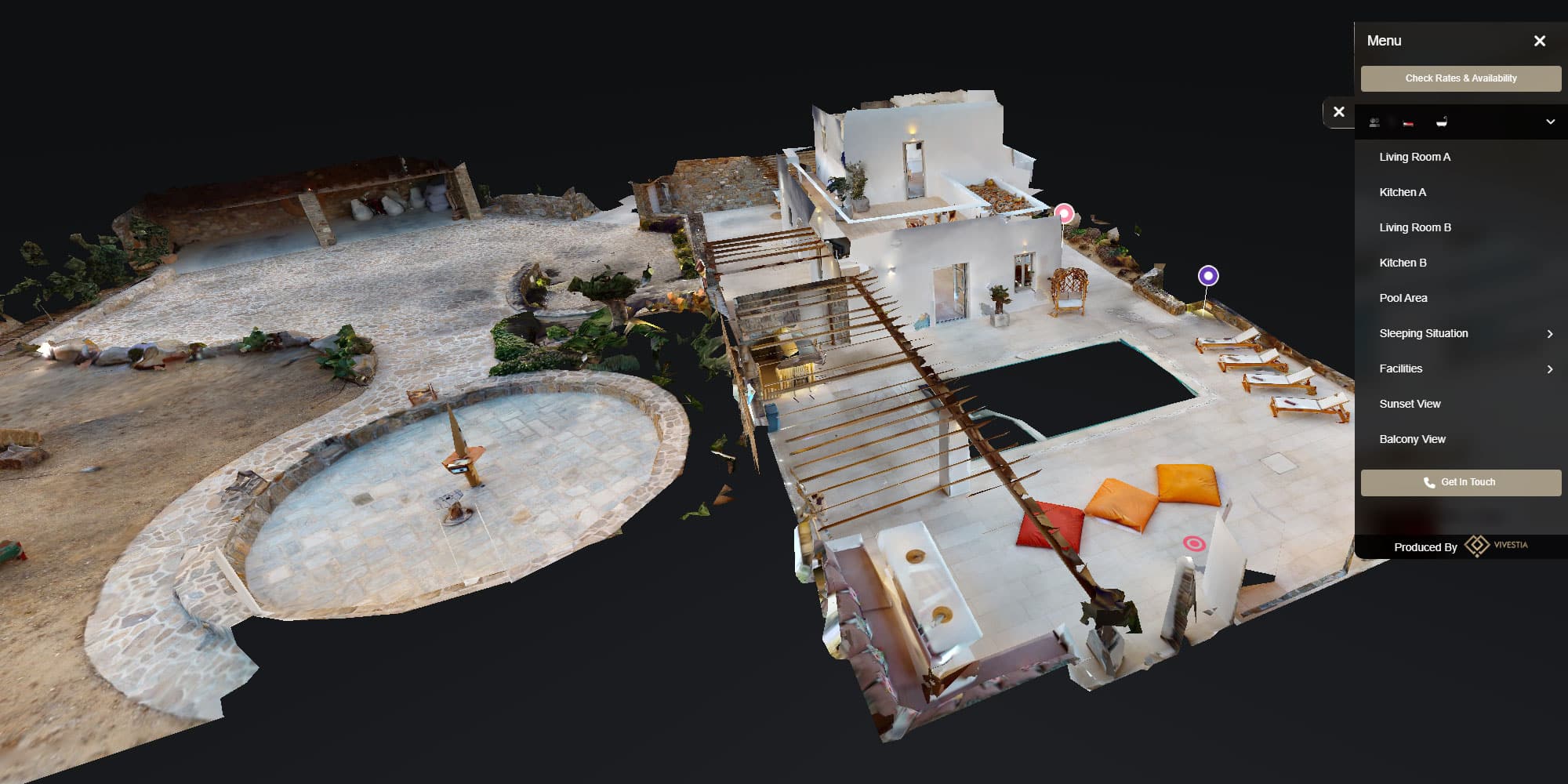
360 Virtual Tours
Immerse yourself in a world of exploration without stepping out your door. It’s time to unlock the potential of 360 virtual tours and embark on a journey that transcends boundaries. From iconic landmarks to hidden gems, the power of technology now allows you to discover the world from the comfort of your home. With just a click, you can stroll through cobblestone streets, traverse breathtaking landscapes, and behold cultural marvels.
No passport required – only an insatiable curiosity and the desire to witness the extraordinary. Through the lens of 360 virtual tours, you are no longer a mere spectator, but an active participant in a visual odyssey. Experience the grandeur of world wonders, delve into historical relics, and witness the pulse of bustling cities, all from your screen.
Empowering, captivating, and boundless, these immersive experiences redefine wanderlust. Join us as we unravel the awe-inspiring realm of 360 virtual tours and redefine the way you perceive the world.
Understanding 360 Virtual Tours
The concept of 360 virtual tours revolves around the use of panoramic photography or video to create a simulated experience of a physical location. By utilizing specialized cameras or software, these tours provide viewers with a comprehensive, interactive view of a space, allowing them to virtually navigate and explore the surroundings as if they were physically present.
This technology enables users to control their viewpoint, zoom in and out, and move seamlessly through the environment, offering an immersive and engaging experience.
360 virtual tours are not limited to static images; they can also incorporate multimedia elements such as audio guides, informational hotspots, and interactive features that enhance the overall user experience. Whether it’s a museum, real estate property, or a natural attraction, 360 virtual tours offer a dynamic way to showcase spaces and captivate audiences with a sense of presence and interactivity.
The versatility of 360 virtual tours extends beyond traditional photography, as it can also be used for creating immersive virtual reality experiences, providing an even more immersive and lifelike encounter for the viewer.
Advantages of Using 360 Virtual Tours
The utilization of 360 virtual tours presents a myriad of advantages for both businesses and consumers. For businesses, incorporating 360 virtual tours into their marketing strategy can lead to increased engagement, improved brand visibility, and enhanced customer satisfaction.
By offering potential customers the opportunity to explore their products, services, or premises in an interactive and immersive manner, businesses can create a lasting impression and gain a competitive edge in the market.
Moreover, 360 virtual tours can serve as a powerful sales tool, particularly in the real estate and hospitality industries, where prospective buyers or guests can take virtual tours of properties and accommodations, thereby reducing the need for physical site visits and saving time for both parties. This convenience can lead to higher conversion rates and a more efficient sales process.
From a consumer perspective, 360 virtual tours provide unparalleled convenience and accessibility, allowing individuals to explore destinations, attractions, and properties from anywhere in the world at any time. Whether planning a vacation, researching a potential purchase, or simply seeking inspiration, users can gain a comprehensive understanding of a space and make informed decisions without the constraints of physical travel.
Impact of 360 Virtual Tours on Various Industries
The influence of 360 virtual tours extends across a wide spectrum of industries, revolutionizing the way businesses and organizations showcase their offerings and engage with their target audience. In the real estate sector, 360 virtual tours have become a game-changer, enabling property listings to stand out in a competitive market and providing potential buyers with an immersive and realistic preview of homes, apartments, and commercial spaces. This technology has proven to increase property interest and lead to faster sales cycles.
Additionally, the tourism and hospitality industries have leveraged 360 virtual tours to entice travelers and guests by offering them a virtual experience of hotels, resorts, attractions, and destinations. This not only aids in attracting visitors but also in providing them with an accurate representation of the facilities and amenities, ultimately influencing their booking decisions.
Furthermore, educational institutions, museums, and cultural heritage sites have embraced 360 virtual tours as a means to preserve and share their historical and artistic collections with a global audience. By digitizing their exhibits and creating virtual walkthroughs, these institutions can broaden their reach, engage remote learners, and contribute to the preservation of cultural heritage.
How to Create a Captivating 360 Virtual Tour
Crafting a compelling 360 virtual tour requires careful planning, attention to detail, and the utilization of specialized tools and techniques. The first step in creating a captivating tour is to meticulously plan the route and points of interest that will be featured.
Whether it’s a property, a tourist attraction, or an event venue, identifying the key highlights and unique selling points will help in orchestrating a seamless and engaging virtual experience for the audience.
Once the locations and viewpoints have been determined, high-quality panoramic photography or video footage must be captured using specialized 360 cameras or rigs. It is essential to ensure proper lighting, composition, and image resolution to achieve a visually stunning result that accurately represents the space.
After capturing the visual content, the next step involves post-processing and stitching the images or videos together to create a cohesive and interactive tour. This process may also involve the integration of multimedia elements, such as informational hotspots, audio guides, and interactive features, to enhance the overall user experience and provide valuable context and information to the viewers.
Choosing the Right Equipment for 360 Virtual Tours
Selecting the appropriate equipment for creating 360 virtual tours is crucial in achieving high-quality and professional results. When it comes to capturing panoramic imagery, there is a wide range of 360 cameras and rigs available on the market, each offering distinct features and capabilities. For photographers and videographers looking to produce immersive tours, considerations such as image resolution, lens quality, ease of use, and compatibility with tour creation software should be taken into account.
Some popular options for 360 cameras include the Insta360 One X, Ricoh Theta Z1, and GoPro MAX, which are known for their ease of use, portability, and advanced imaging capabilities. For those seeking to create more elaborate and high-resolution tours, multi-camera rigs such as the Kandao QooCam 8K and the Insta360 Pro 2 offer professional-grade performance and flexibility in capturing immersive content.
In addition to cameras, other essential accessories such as tripods, stabilizers, and audio recording equipment may also play a crucial role in ensuring a smooth and professional production process for 360 virtual tours.
Tips for Optimizing 360 Virtual Tours for Search Engines
In order to maximize the visibility and reach of 360 virtual tours, it is essential to optimize them for search engines, ensuring that they are discoverable and prominently featured in relevant search results. One of the key strategies for optimizing virtual tours is to provide descriptive and keyword-rich titles, descriptions, and tags that accurately represent the content and context of the tour. This will enhance the tour’s relevance and visibility when users search for related terms.
Furthermore, embedding virtual tours on websites and platforms that support rich media content, such as Google Maps, Facebook, and dedicated tour hosting platforms, can significantly boost their search engine optimization (SEO) performance. By leveraging the indexing capabilities of these platforms, virtual tours can be surfaced in search results and attract organic traffic from users seeking immersive experiences.
It is also recommended to incorporate schema markup and structured data to provide search engines with additional context and information about the virtual tour, increasing the likelihood of it being featured in rich snippets and interactive search results.
Integrating 360 Virtual Tours into Your Website
Integrating 360 virtual tours into your website can greatly enhance the overall user experience and captivate visitors with immersive and interactive content. By embedding virtual tours directly on relevant pages, such as property listings, destination guides, or interactive showcases, website owners can provide an engaging and informative experience for their audience, ultimately leading to increased user engagement and retention.
There are various methods for integrating virtual tours into a website, ranging from simple embedding using iframe or HTML5 to utilizing specialized tour hosting platforms that offer seamless integration and customization options. Additionally, optimizing the placement and visibility of virtual tours within the website’s navigation and user interface can contribute to a more intuitive and compelling browsing experience for visitors.
When integrating virtual tours, it is important to ensure cross-device compatibility and responsiveness, allowing users to seamlessly explore the tour on desktop, mobile, and tablet devices. This ensures that the immersive experience remains accessible and impactful across a wide range of devices and screen sizes.
Conclusion
In conclusion, the realm of 360 virtual tours presents a boundless canvas for exploration and discovery, reshaping the way we perceive and interact with the world around us. From the captivating allure of historical landmarks to the immersive allure of modern properties, 360 virtual tours offer a gateway to experiences that transcend physical boundaries. As technology continues to evolve and empower us with new tools for storytelling and engagement, the potential for virtual exploration and immersion becomes increasingly limitless.
By embracing the power of 360 virtual tours, businesses can elevate their marketing strategies, while consumers can indulge in a world of discovery and inspiration from the comfort of their homes. As we continue to unlock the potential of this transformative technology, the boundaries of exploration blur, and the world becomes a tapestry of interactive and immersive experiences, waiting to be discovered with just a click. Embrace the journey, and let the power of 360 virtual tours redefine the way you perceive the world.

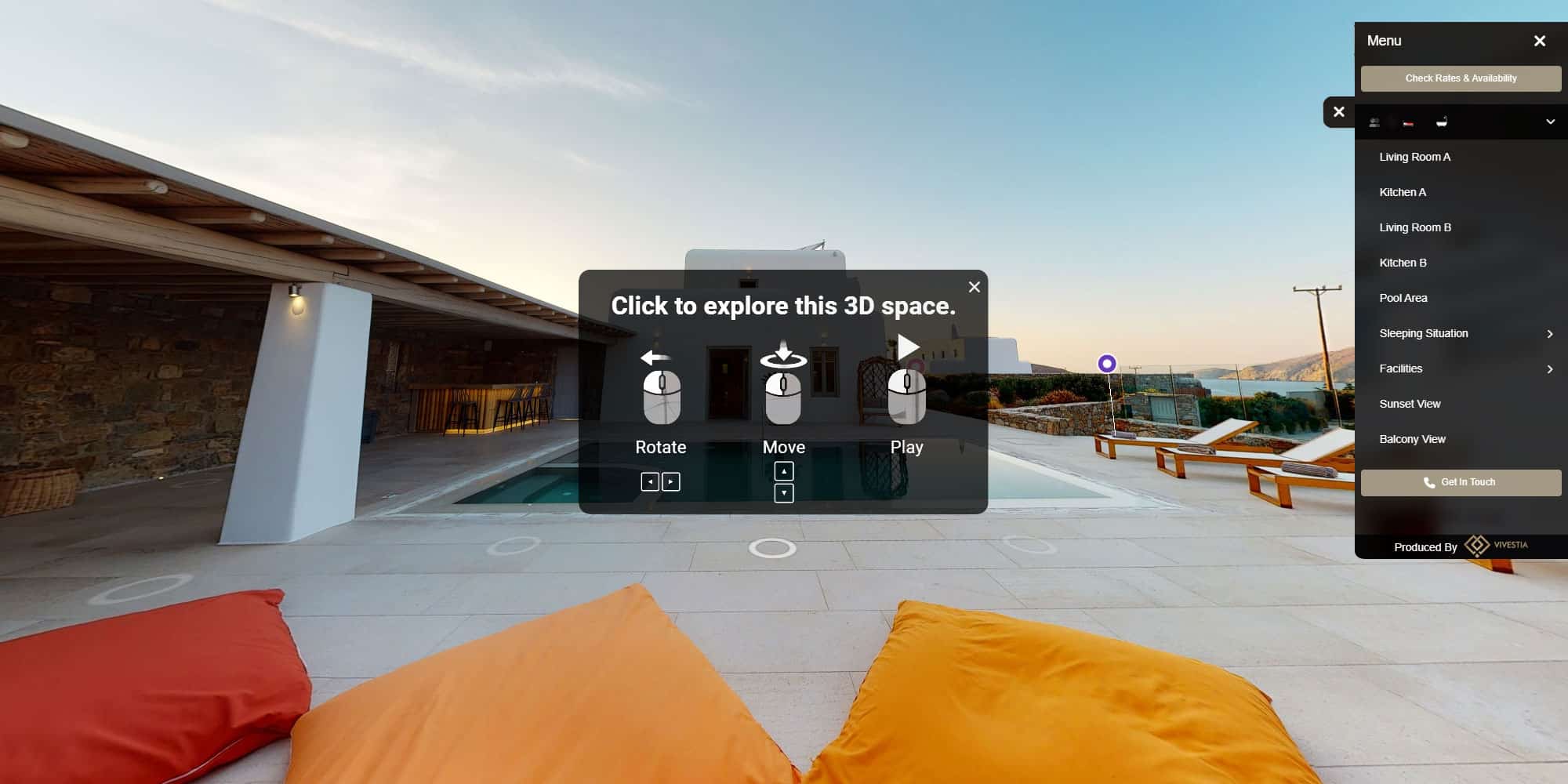
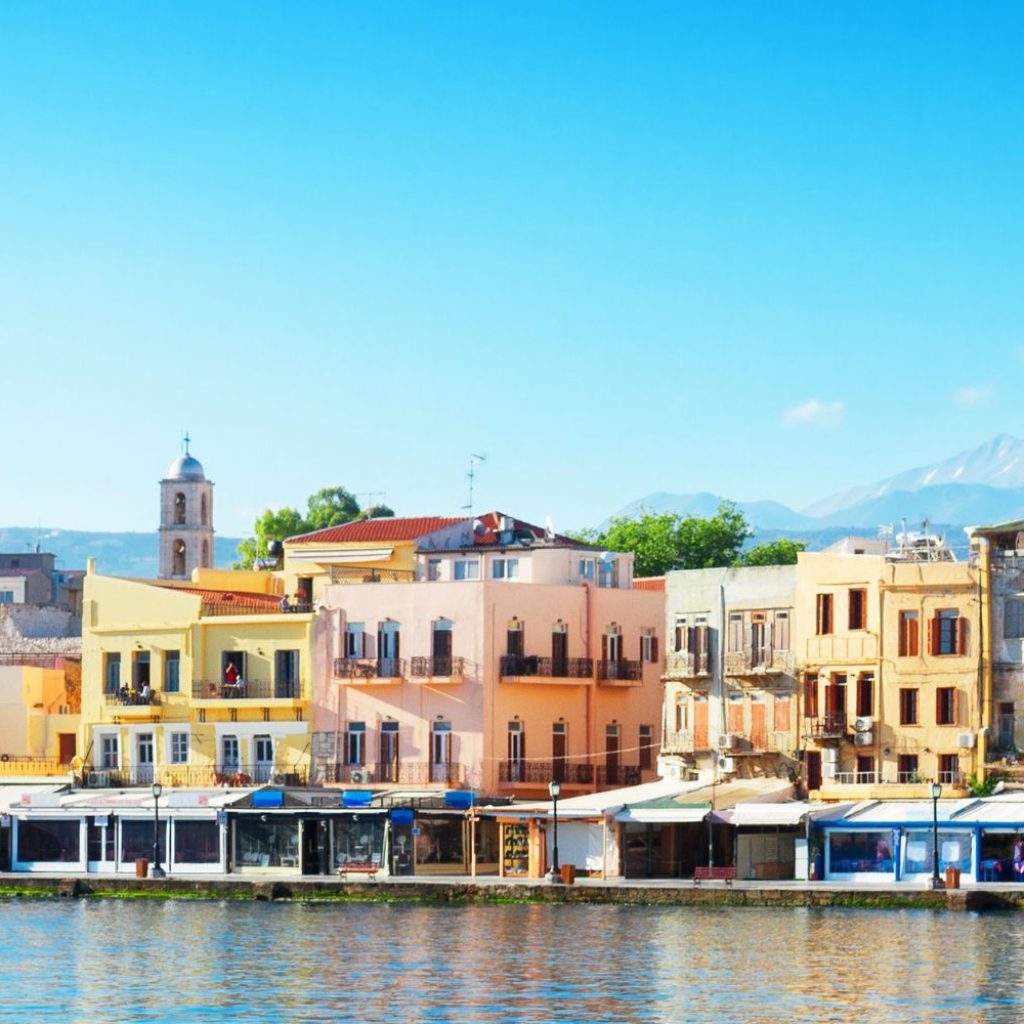
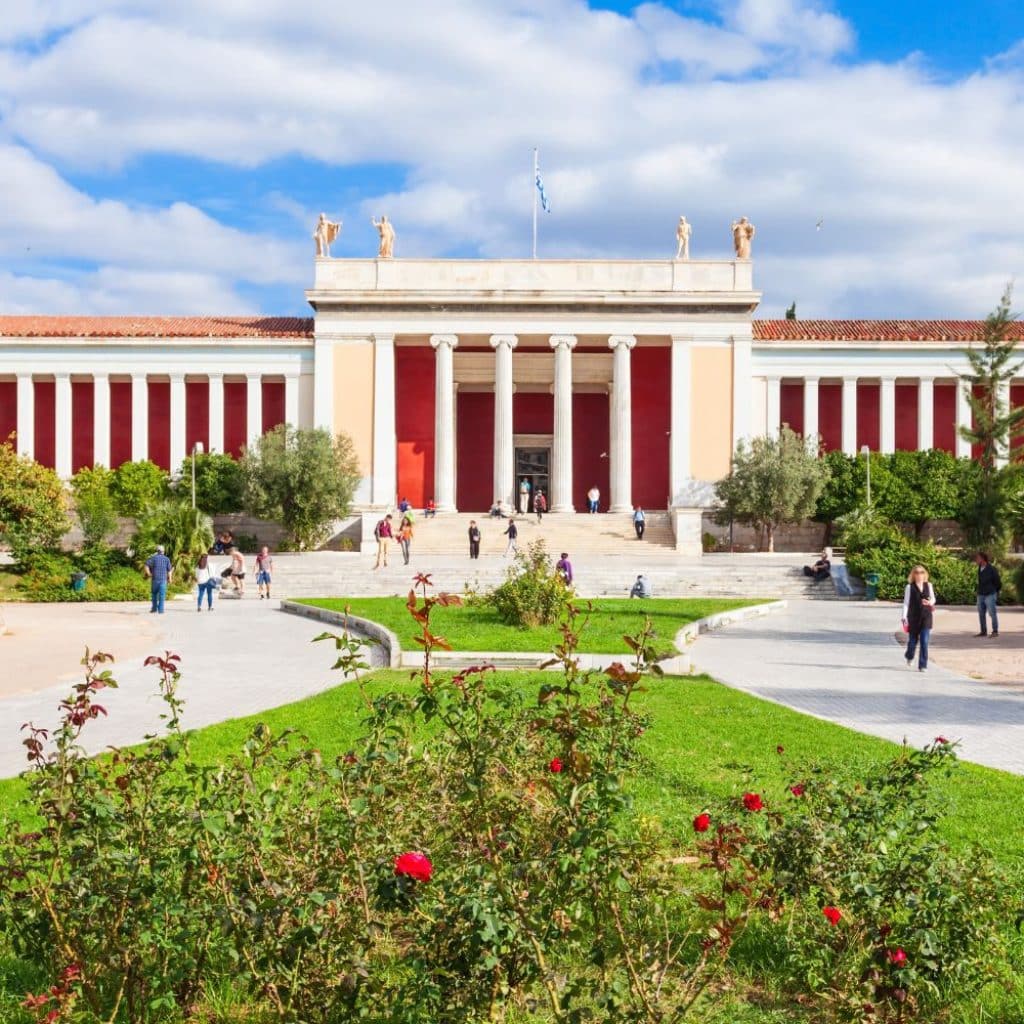
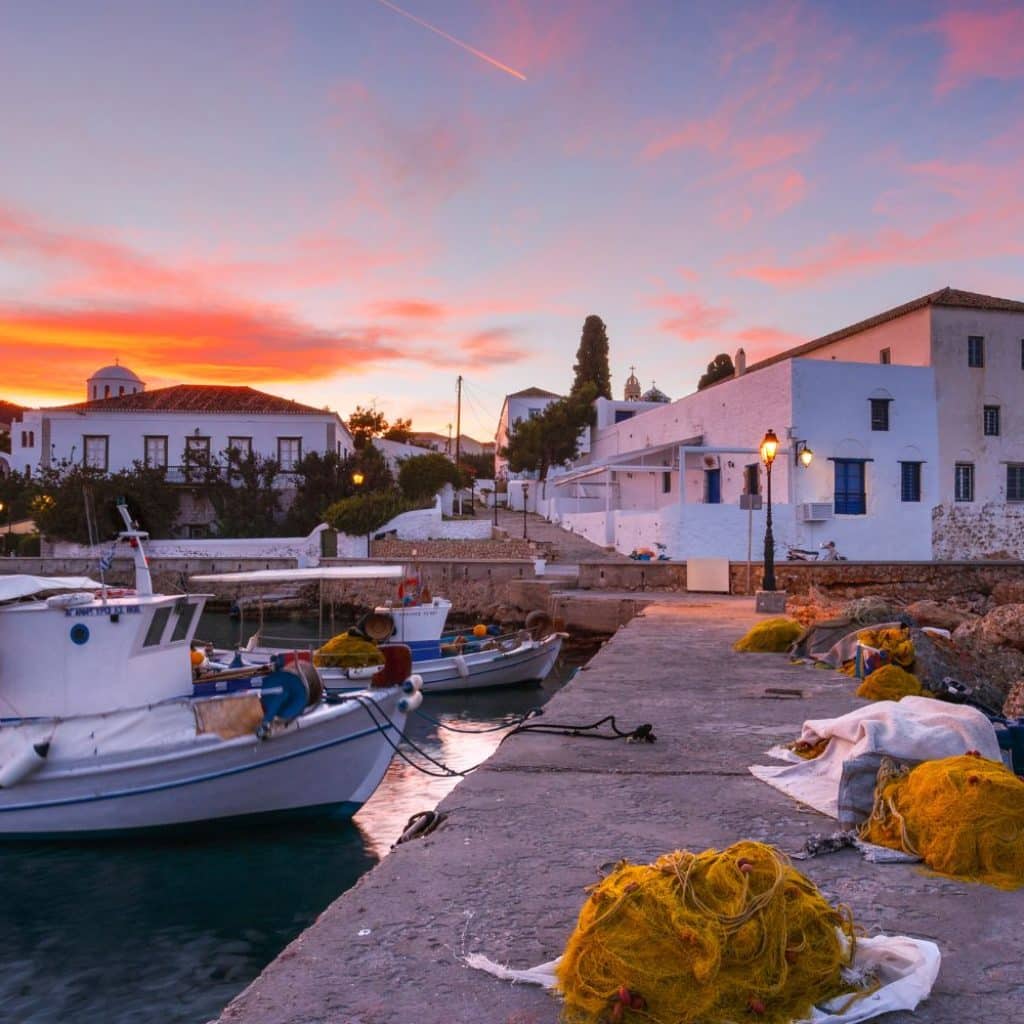

Post Discussion